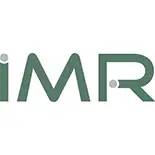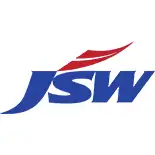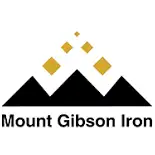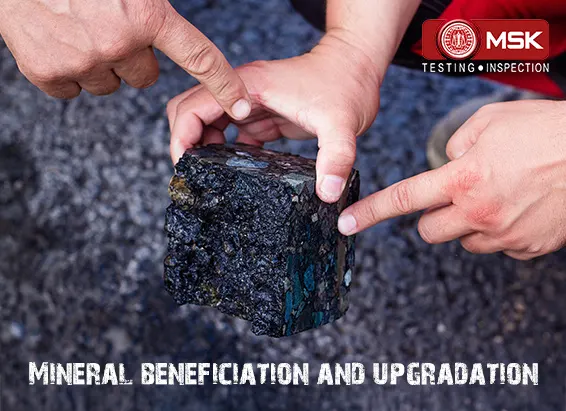
Mineral beneficiation[1] is the process of separating economically essential minerals from their respective ores. The main motive of ore dressing is to remove unwanted particles such as dust and other minerals, gangue or matrix from the ore. It is the first process that most ores undergo after mining in order to provide a more concentrated material for the procedures of extractive metallurgy.
The ore dressing or mineral processing is complicated, with several steps depending upon the metal to be extracted. The typical stages of mineral beneficiation are as follows:
Comminution[2] is the reduction of solid materials from one average particle size to a smaller average particle size, by crushing, grinding, cutting, vibrating, or other processes. Heavy forces such as compression, impact (mainly for crushing) and attrition (mainly for grinding) are responsible for crushing or grinding. Crushing and drying are slightly different, as crushing involves a drying process. On the other hand, grinding is a wet process.
After crushing and grinding, the next step is sizing these materials. As the name suggests, sizing[3-5] is the process of the separation of particles based on their size. The equipment involved in sizing is Bar Screens, Wedge Fire Screens, Vibratory Screens, Flip Flop Screens etc. The sizing consists of two procedures, screening and classification. Screening involves introducing materials to the screen surface and allowing the finer particles to fall through the screen. The greater particles remain behind, and the smaller ones get out, just like flour sieving. The basic principle of classification is that particles with different sizes, but the same density will settle within a given fluid at different rates. Therefore, classification involves the separation of particles based on their settling velocities.
Concentration involves the separation of valuable minerals from the other raw materials received from the grinding mill. In large-scale operations this is accomplished by taking advantage of the different properties of the minerals to be separated. These properties can be colour (optical sorting), density (gravity separation), magnetic or electric (magnetic and electrostatic separation), and physicochemical (flotation separation). Concentration is increasing the percentage of the desired mineral in a given ore.
The benefits of mineral beneficiation or ore dressing are as follows:
[1] Rao DS. Mineral beneficiation: a concise basic course. CRC Press; 2011 May 13.
[2] Gauti Asbjörnsson, Luís Marcelo Tavares, Aubrey Mainza, Mohsen Yahyaei, Different perspectives of dynamics in comminution processes, Minerals Engineering, 176, 2022, 107326.
[3] Holbrook EA, Fraser T. Screen sizing of coal, ores and other minerals. US Government Printing Office; 1925.
[4] Moncada M M, Rodríguez CG. Dynamic modeling of a vibrating screen considering the ore inertia and force of the ore over the screen calculated with discrete element method. Shock and Vibration. 2018;2018(1):1714738.
[5] Yu C, Wang X, Pang K, Zhao G, Sun W. Dynamic Characteristics of a Vibrating Flip‐Flow Screen and Analysis for Screening 3 mm Iron Ore. Shock and Vibration. 2020;2020(1):1031659.
[6] Ergin Gülcan and Özcan Yıldırım Gülsoy, Optical sorting of lignite and its effects on process economics, International Journal of Coal Preparation and Utilization, 38, 2018, 107-126.
[7] Ergin Gülcan and Özcan Y. Gülsoy, Performance evaluation of optical sorting in mineral processing – A case study with quartz, magnesite, hematite, lignite, copper and gold ores, International Journal of Mineral Processing, 169, 2017, 129-141.
[8] Barry A. Wills, James A. Finch, Chapter 10 - Gravity Concentration, Editor(s): Barry A. Wills, James A. Finch, Wills' Mineral Processing Technology (Eighth Edition), Butterworth-Heinemann, 2016, 223-244.
[9] Oberteuffer J. Magnetic separation: A review of principles, devices, and applications. IEEE Transactions on Magnetics. 1974 Jun;10(2):223-38.
[10] Haga K, Chang JS, Kelly AJ, Crowley JM. Applications of the electrostatic separation technique. InHandbook of electrostatic processes 1995 Feb 8 (pp. 365-386). New York: Marcel Dekker.
[11] Mondal S, Acharjee A, Mandal U, Saha B. Froth flotation process and its application. Vietnam Journal of Chemistry. 2021 Aug;59(4):417-25.
[12] Fuerstenau MC, Jameson GJ, Yoon RH, editors. Froth flotation: a century of innovation. SME; 2007.


Chief Operation, FAMD, Tata Steel Limited..


Sr. General Manager,, Emirates Trading Agency L.L.C..


Mines Manager, Hindustan Zinc Limited, a Vedanta Company.

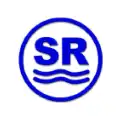
General Manager, Stevin Rock L.L.C..


Executive Vice President (Works),, DCW Limited.


AVP – Coal Quality & Sales Compliance Head,, PT Indo Tambangraya Megah Tbk (BANPU).


Laboratory Head, MMX.

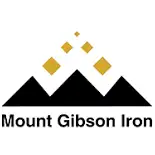
Shipping Administrator, Mount Gibson Iron Limited.


Senior Director – Asia Pacific Iron Ore Sales,, Cliffs Natural Resources Pty Ltd..


Member, Compass Group (India) Pvt. Ltd.
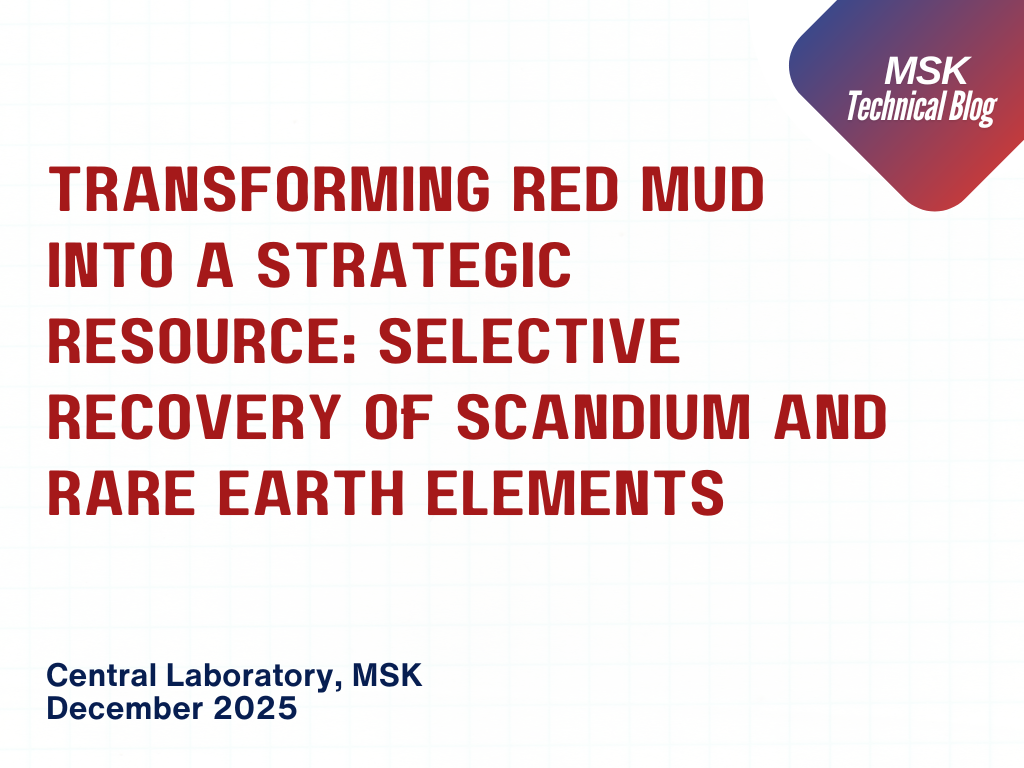
Posted on December 16 2025 By Mitra S.K ADMIN
Read More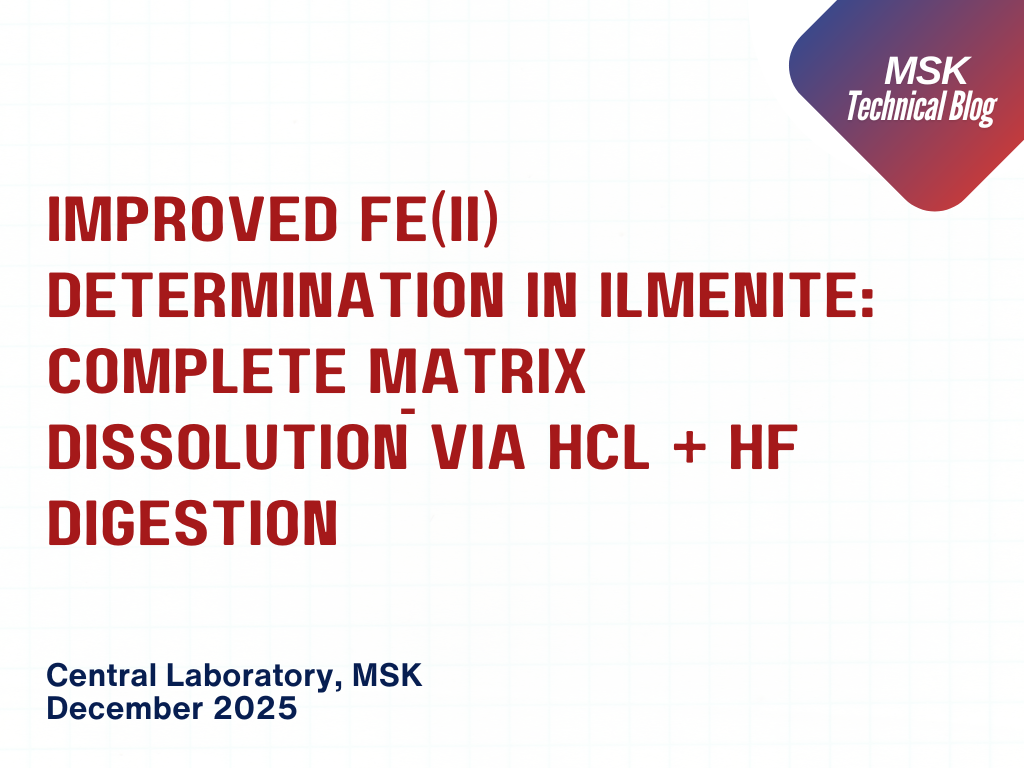
Posted on December 16 2025 By Mitra S.K ADMIN
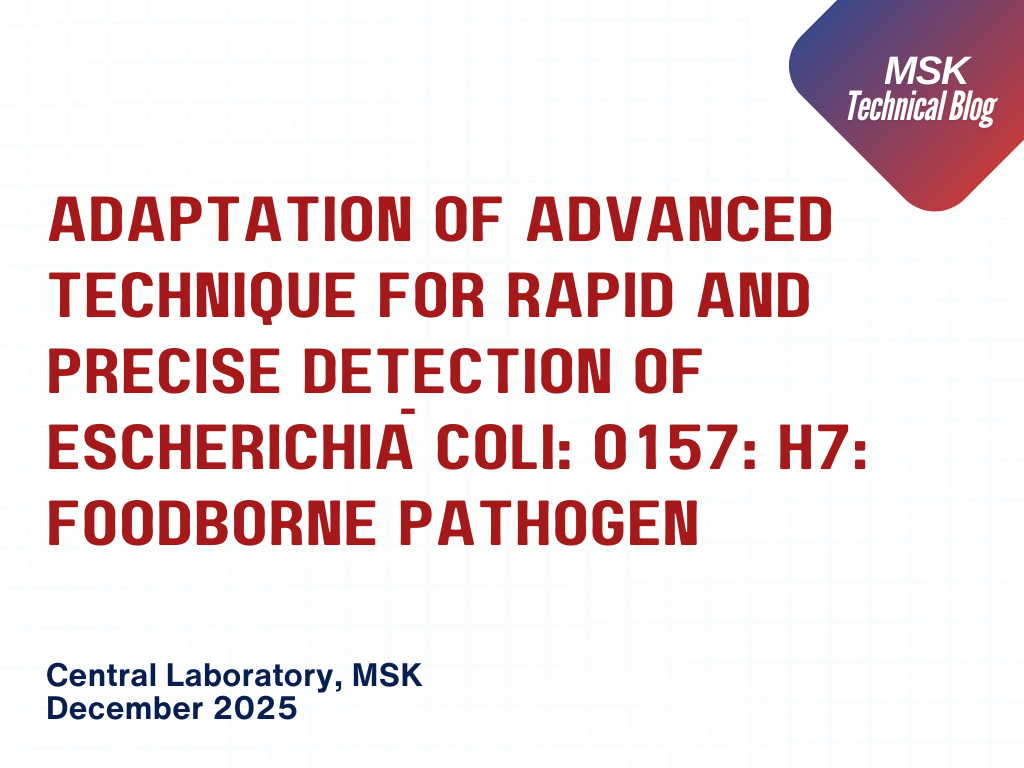
Posted on December 16 2025 By Mitra S.K ADMIN

Posted on December 11 2025 By Mitra S.K ADMIN
![Estimating Cobalt by UV-Vis Spectroscopy: The [CoCl?]²? Acetone Method](https://mitrask.com/uploads/blogs/1764834098Estimating%20Cobalt.png)
Posted on December 04 2025 By Mitra S.K ADMIN
Posted on December 04 2025 By Mitra S.K ADMIN
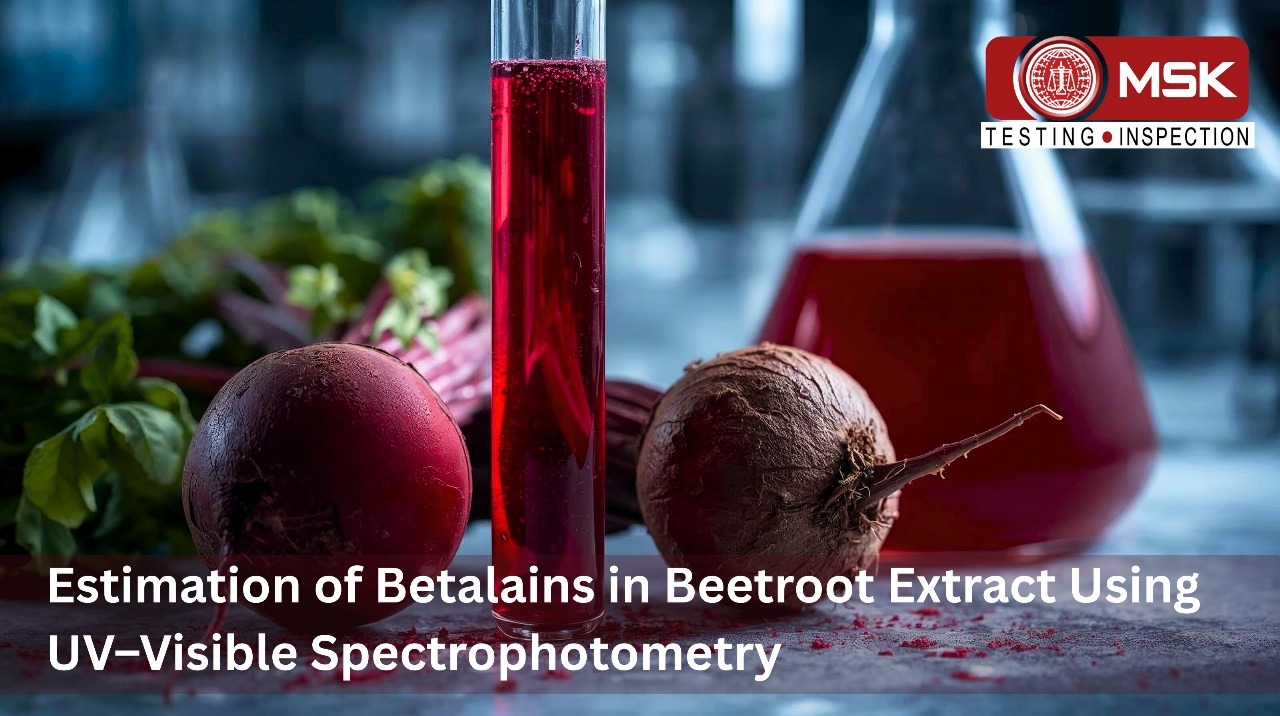
Posted on November 12 2025 By Mitra S.K ADMIN

Posted on September 23 2025 By Mitra S.K ADMIN
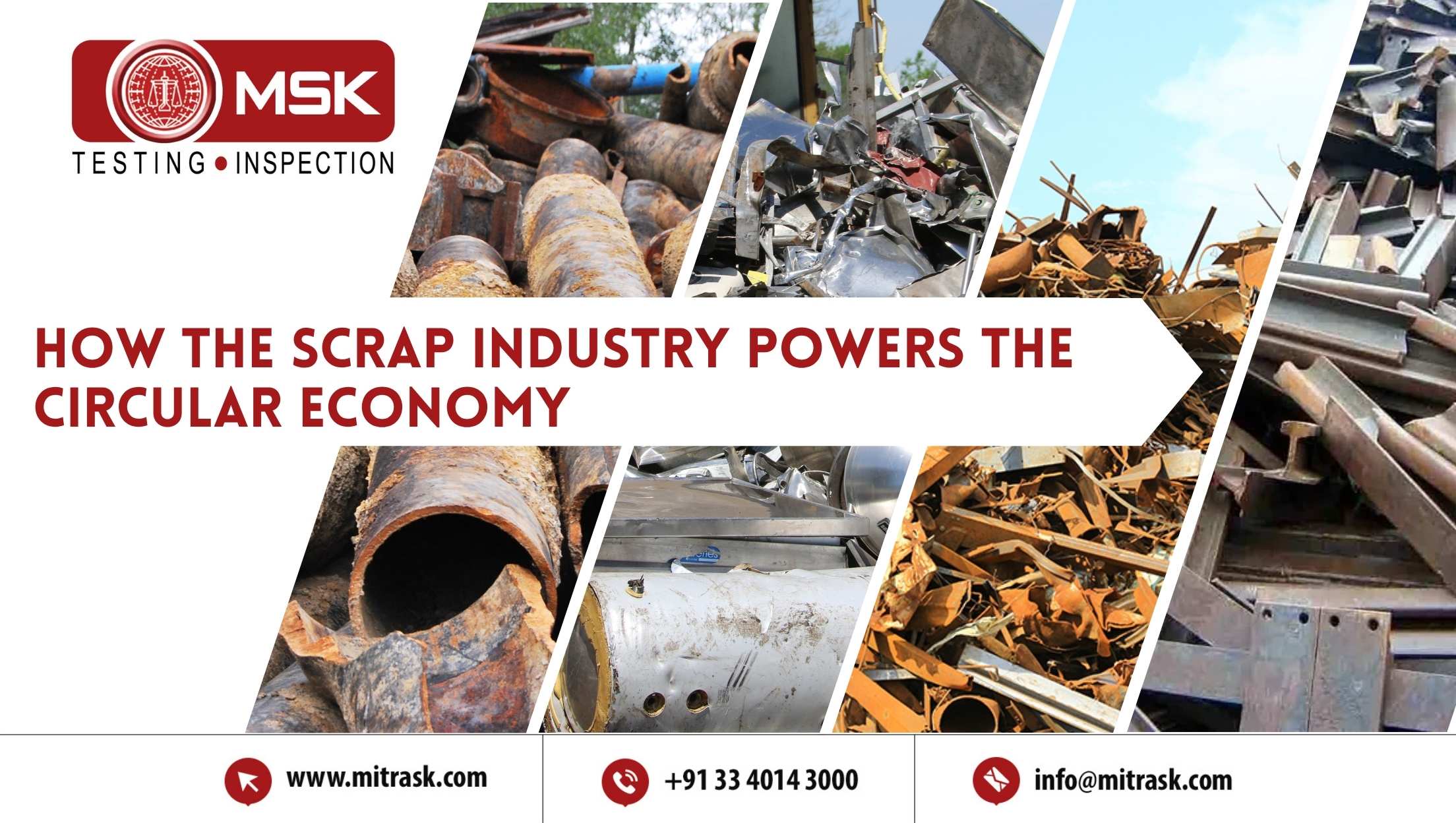
Posted on August 01 2025 By Mitra S.K ADMIN
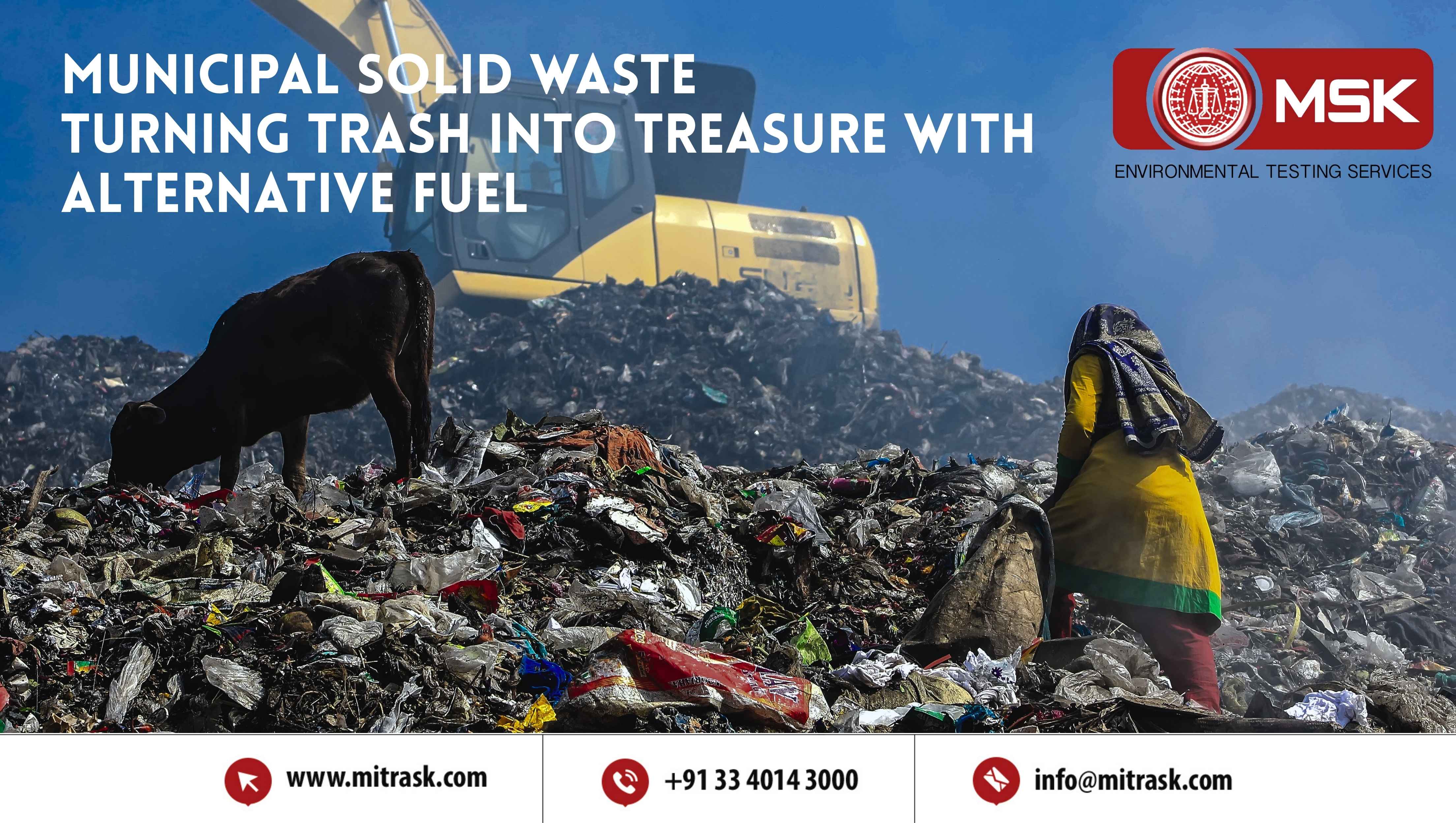
Posted on July 25 2025 By Mitra S.K ADMIN

Posted on July 18 2025 By Mitra S.K ADMIN

Posted on July 01 2025 By Mitra S.K ADMIN

Posted on May 22 2025 By Mitra S.K ADMIN

Posted on January 24 2025 By Mitra S.K ADMIN

Posted on January 24 2025 By Mitra S.K ADMIN
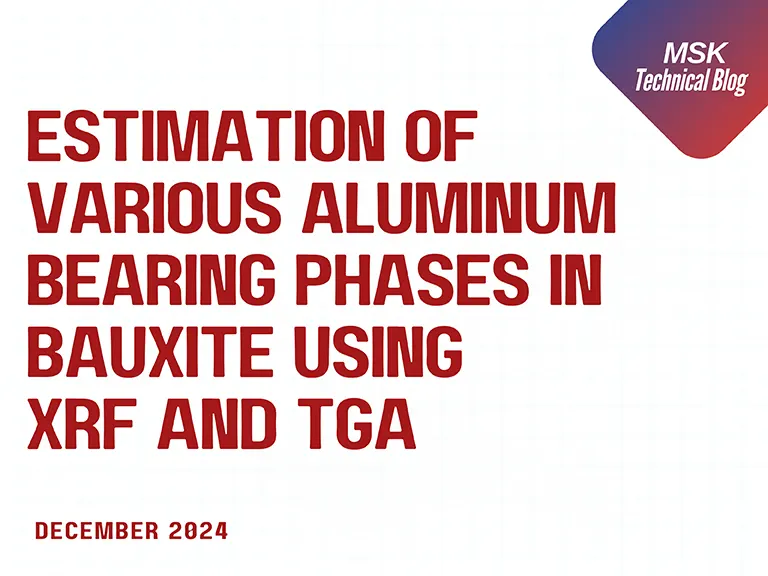
Posted on December 31 2024 By Mitra S.K ADMIN
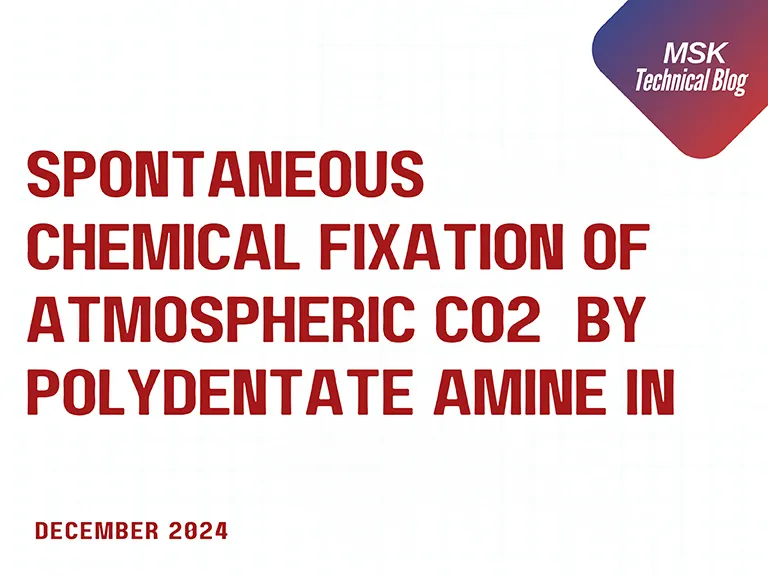
Posted on December 31 2024 By Mitra S.K ADMIN
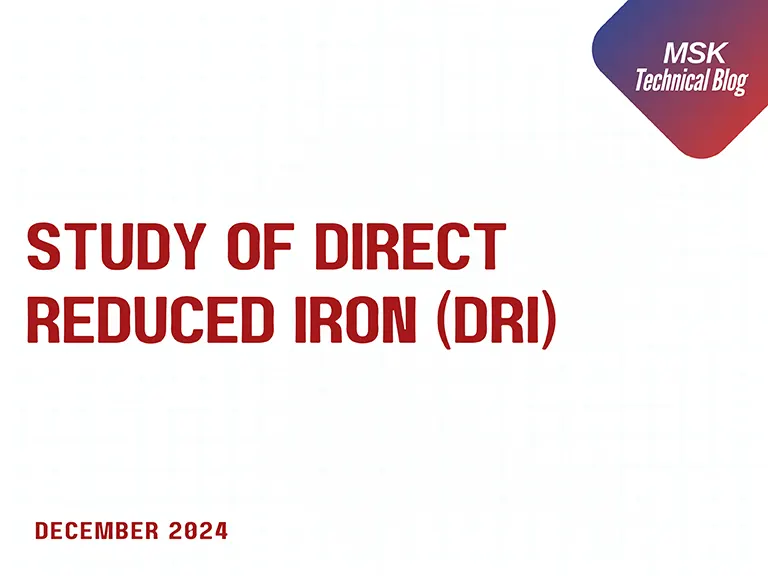
Posted on December 31 2024 By Mitra S.K ADMIN
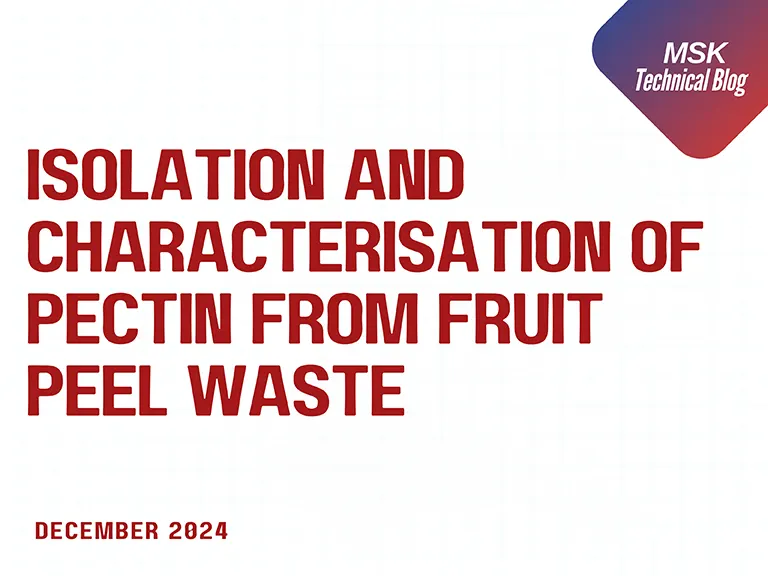
Posted on December 31 2024 By Mitra S.K ADMIN
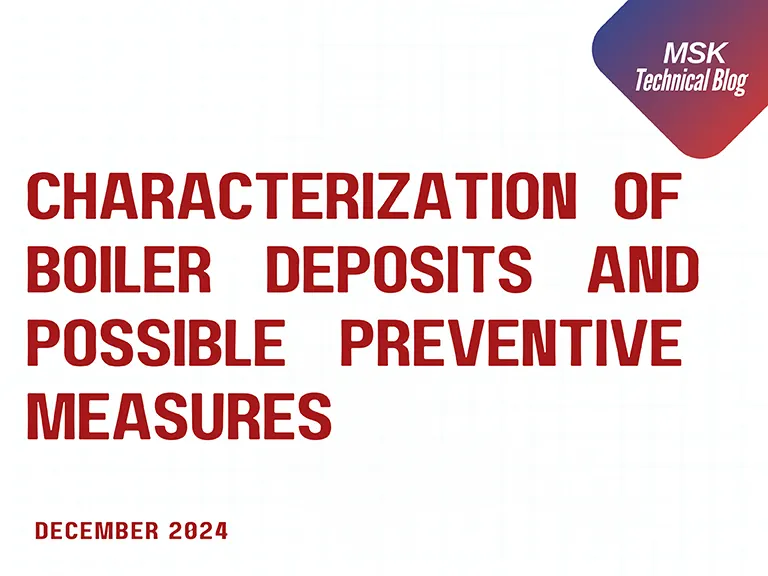
Posted on December 31 2024 By Mitra S.K ADMIN

Posted on December 03 2024 By Mitra S.K ADMIN
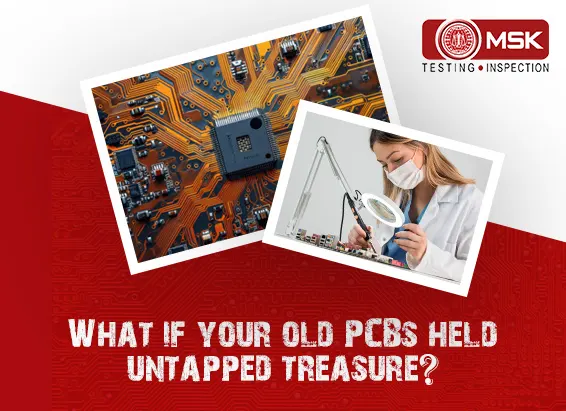
Posted on October 17 2024 By Mitra S.K ADMIN

Posted on October 04 2024 By Mitra S.K ADMIN
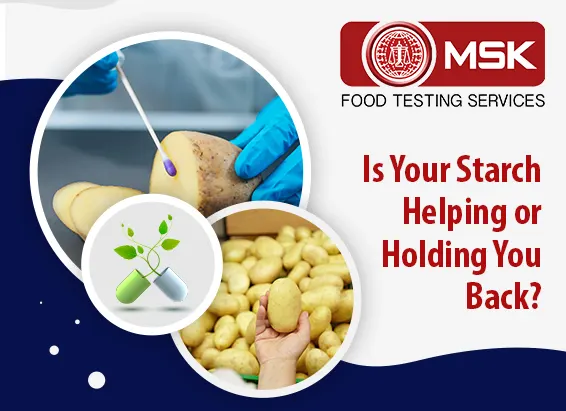
Posted on September 13 2024 By Mitra S.K ADMIN
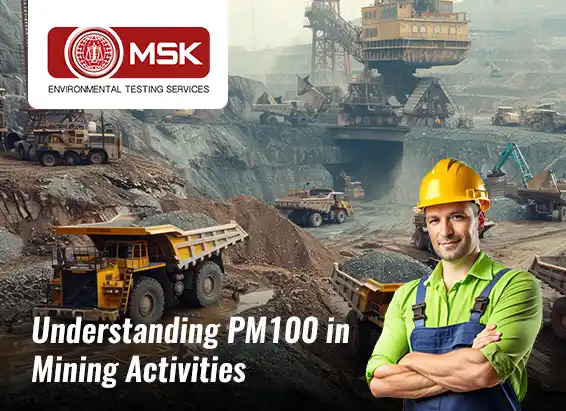
Posted on August 27 2024 By Mitra S.K ADMIN
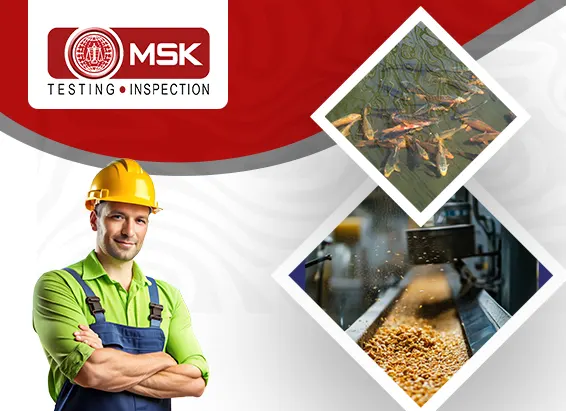
Posted on August 23 2024 By Mitra S.K ADMIN

Posted on June 27 2024 By Mitra S.K ADMIN
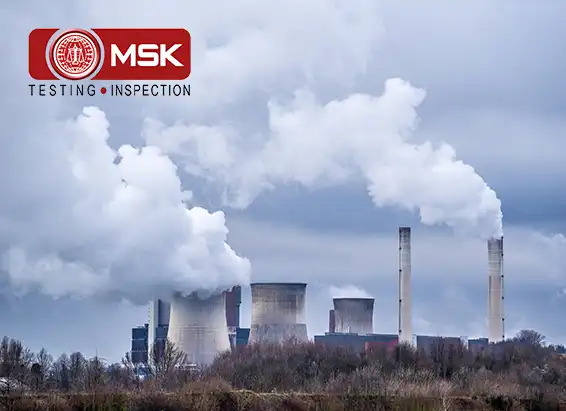
Posted on June 22 2024 By Mitra S.K ADMIN
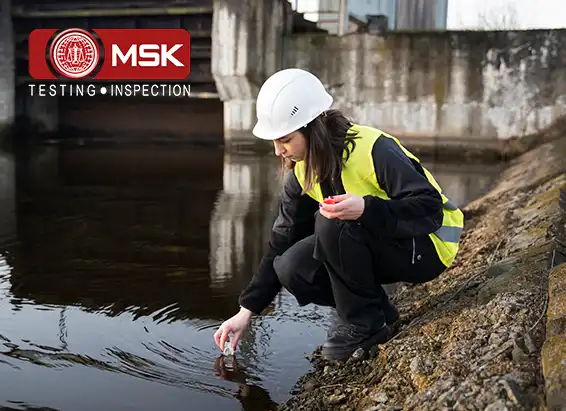
Posted on June 15 2024 By Mitra S.K ADMIN

Posted on May 24 2024 By Mitra S.K ADMIN
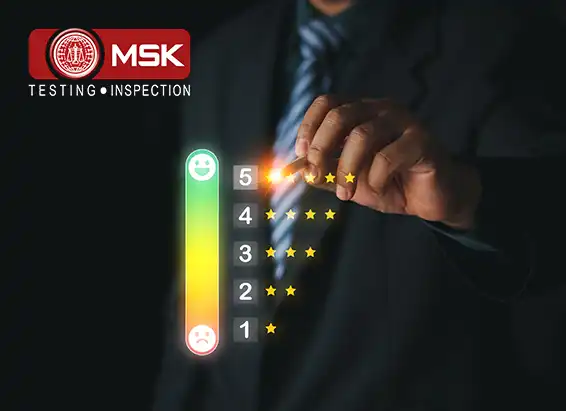
Posted on May 17 2024 By Mitra S.K ADMIN

Posted on May 09 2024 By Mitra S.K ADMIN

Posted on April 20 2024 By Mitra S.K ADMIN
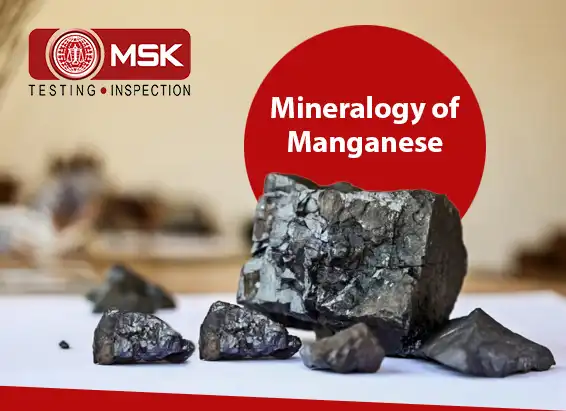
Posted on April 13 2024 By Mitra S.K ADMIN

Posted on April 30 2024 By Mitra S.K ADMIN

Posted on April 29 2024 By Mitra S.K ADMIN
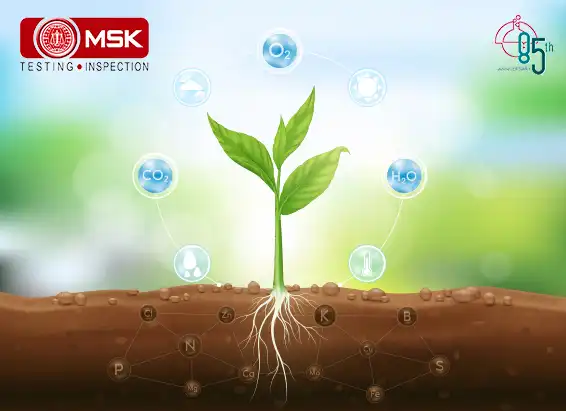
Posted on December 30 2023 By Mitra S.K ADMIN
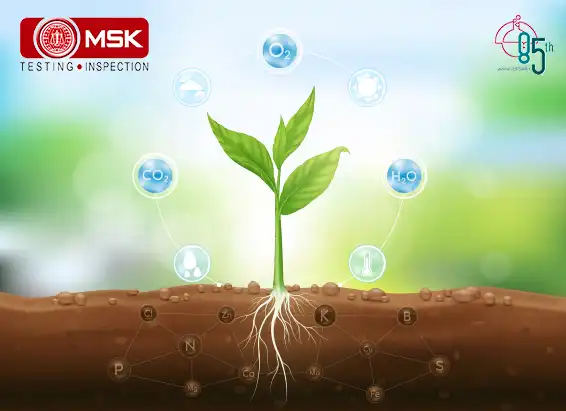
Posted on December 30 2023 By Mitra S.K ADMIN
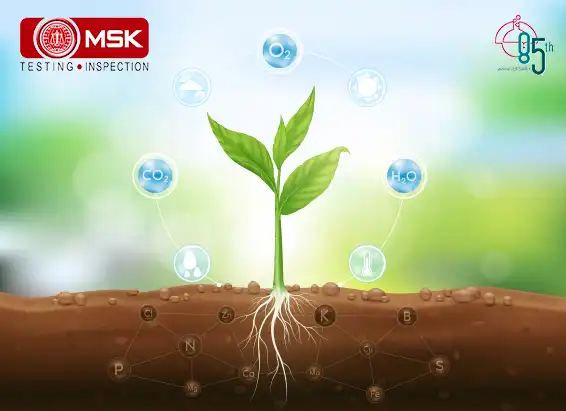
Posted on December 30 2023 By Mitra S.K ADMIN
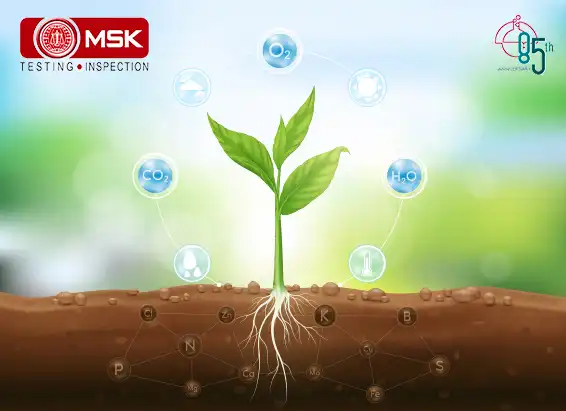
Posted on December 27 2023 By Mitra S.K ADMIN
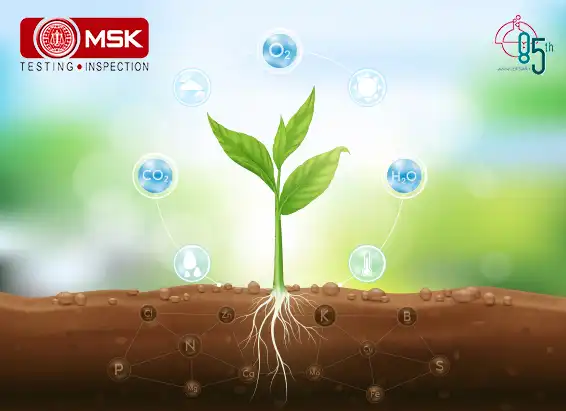
Posted on December 27 2023 By Mitra S.K ADMIN
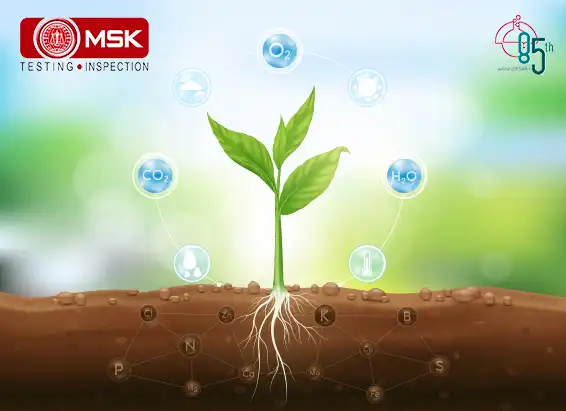
Posted on December 27 2023 By Mitra S.K ADMIN
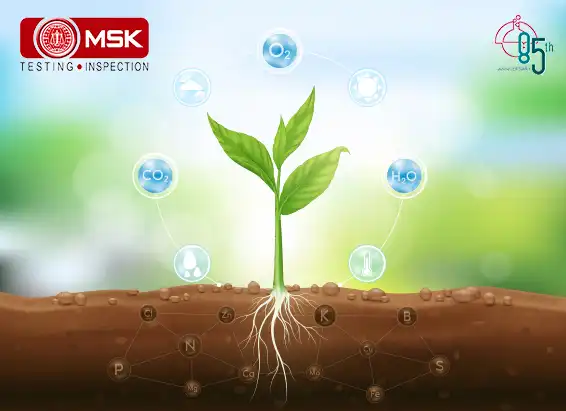
Posted on December 27 2023 By Mitra S.K ADMIN
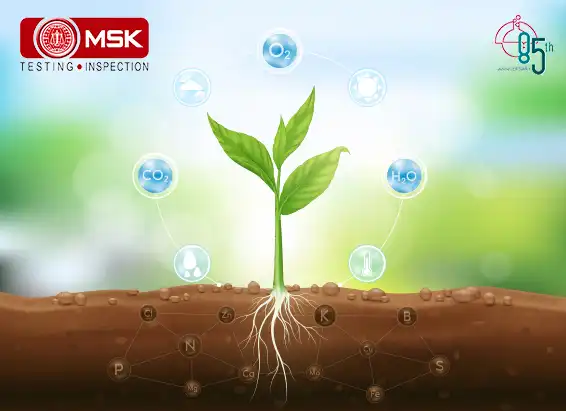
Posted on December 27 2023 By Mitra S.K ADMIN
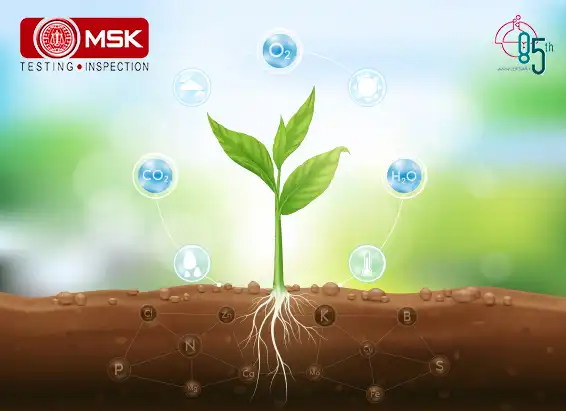
Posted on December 27 2023 By Mitra S.K ADMIN
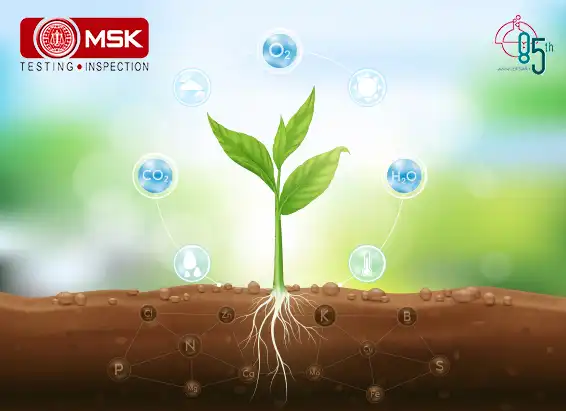
Posted on December 27 2023 By Mitra S.K ADMIN
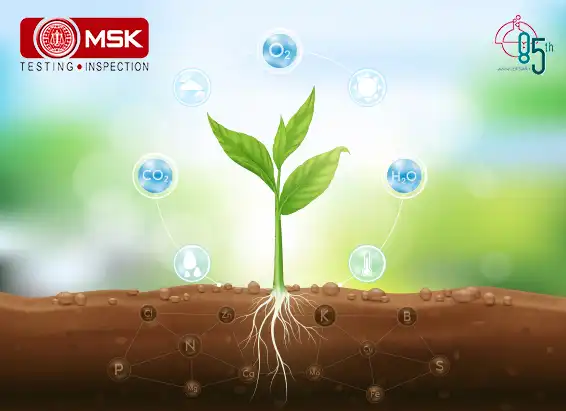
Posted on December 26 2023 By Mitra S.K ADMIN
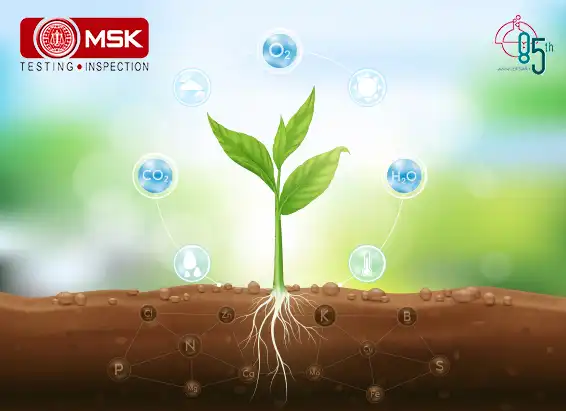
Posted on April 05 2022 By Mitra S.K ADMIN
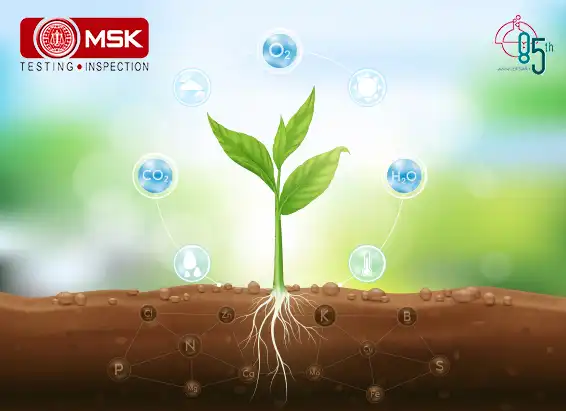
Posted on April 06 2022 By Mitra S.K ADMIN
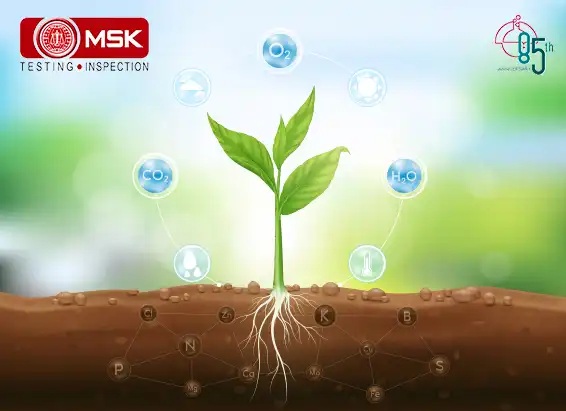
Posted on April 06 2022 By Mitra S.K ADMIN
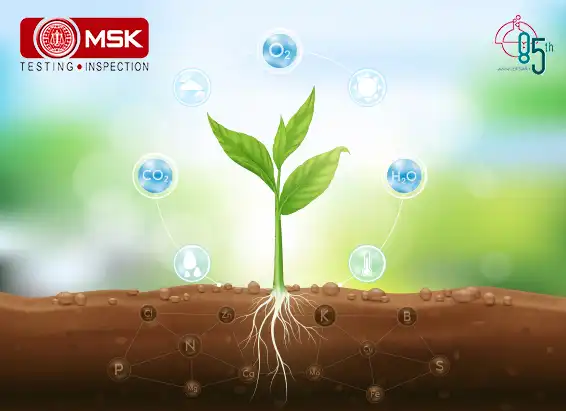
Posted on April 06 2022 By Mitra S.K ADMIN
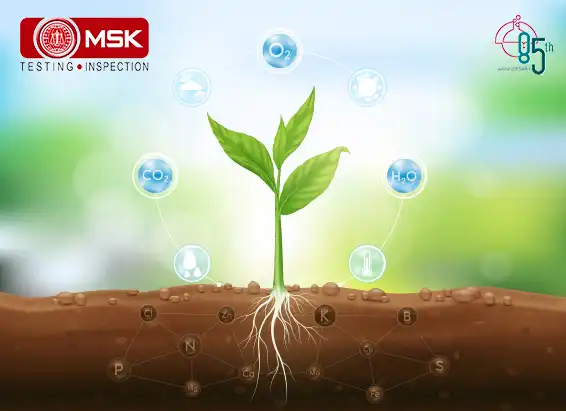
Posted on April 06 2022 By Mitra S.K ADMIN
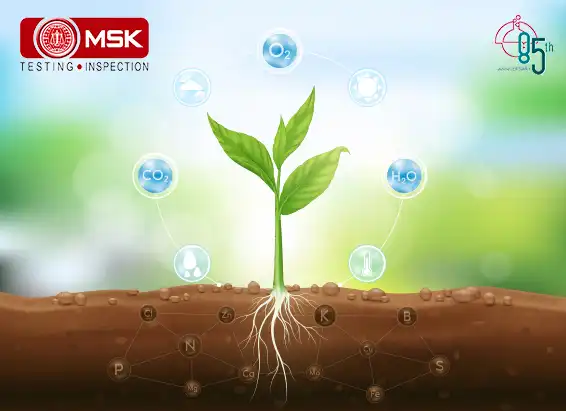
Posted on April 06 2022 By Mitra S.K ADMIN
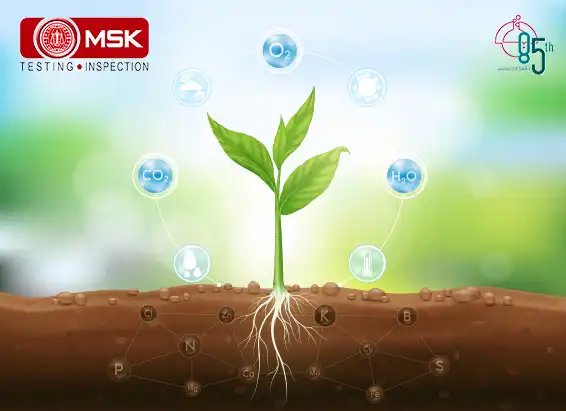
Posted on April 06 2022 By Mitra S.K ADMIN
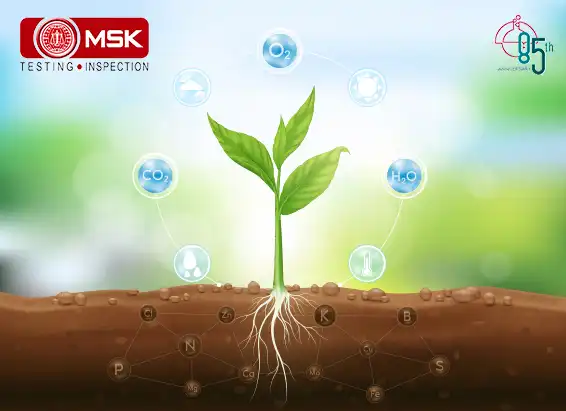
Posted on April 06 2022 By Mitra S.K ADMIN
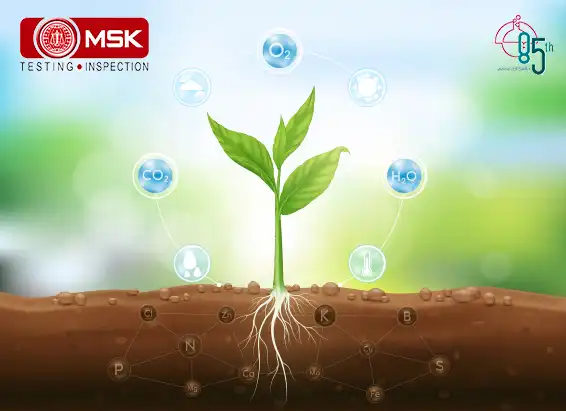
Posted on April 06 2022 By Mitra S.K ADMIN
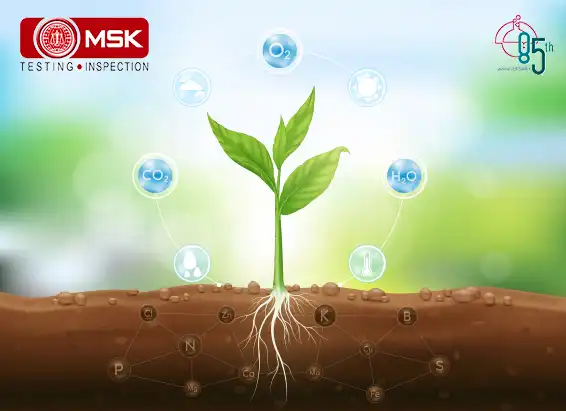
Posted on April 06 2022 By Mitra S.K ADMIN
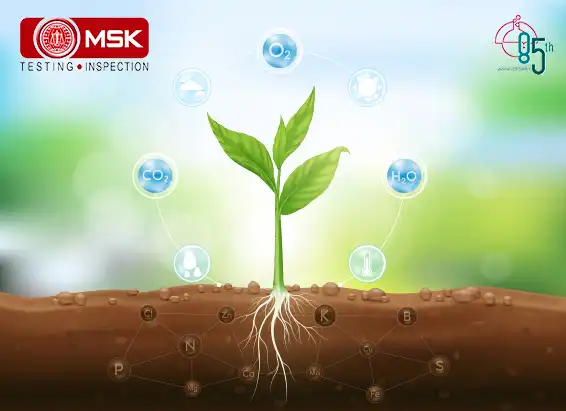
Posted on April 06 2022 By Mitra S.K ADMIN
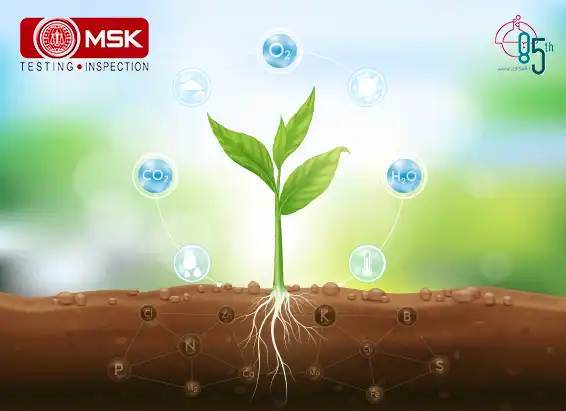
Posted on April 06 2022 By Mitra S.K ADMIN
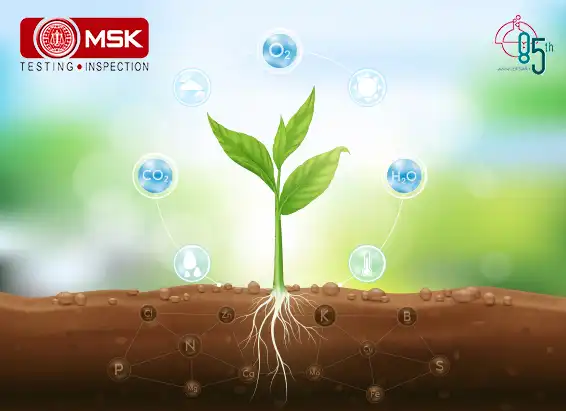
Posted on April 06 2022 By Mitra S.K ADMIN
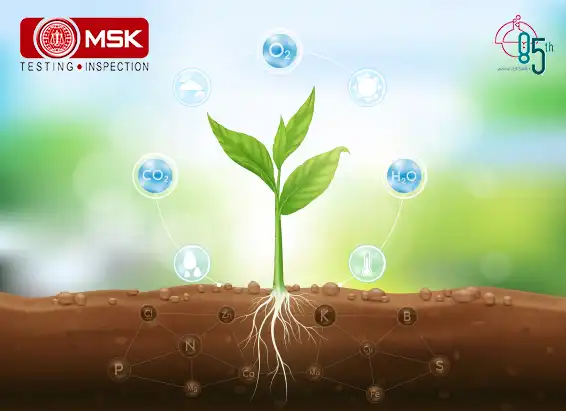
Posted on November 28 2022 By Mitra S.K ADMIN
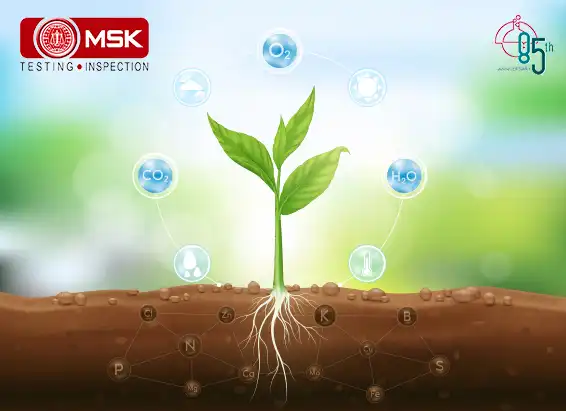
Posted on April 06 2022 By Mitra S.K ADMIN
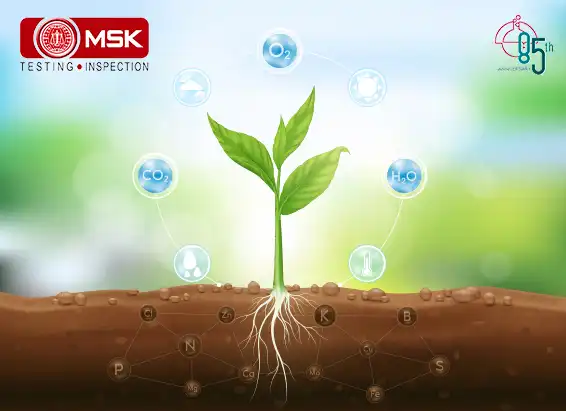
Posted on April 06 2022 By Mitra S.K ADMIN
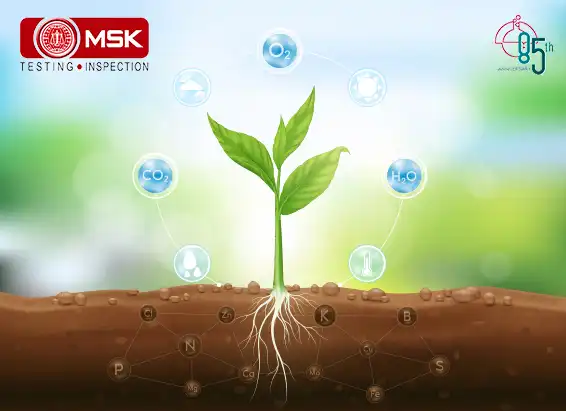
Posted on April 06 2022 By Mitra S.K ADMIN
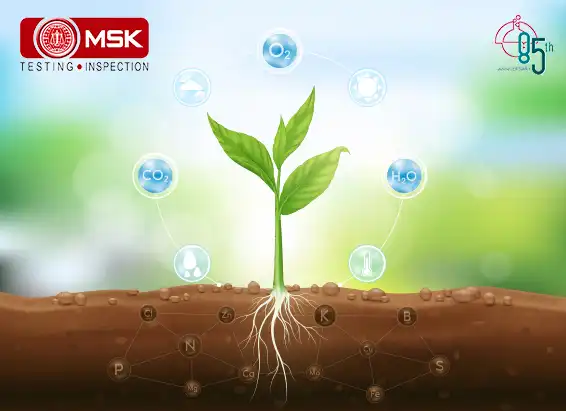
Posted on November 28 2022 By Mitra S.K ADMIN
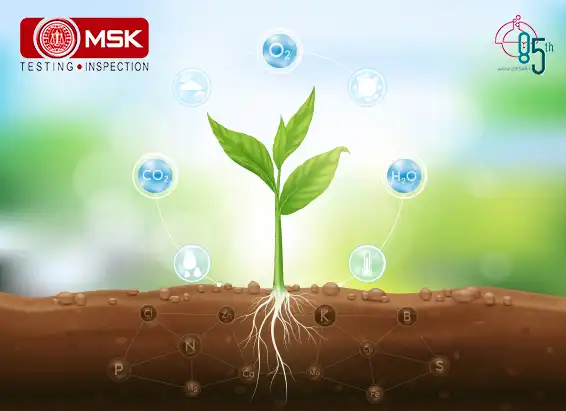
Posted on June 14 2022 By Mitra S.K ADMIN

